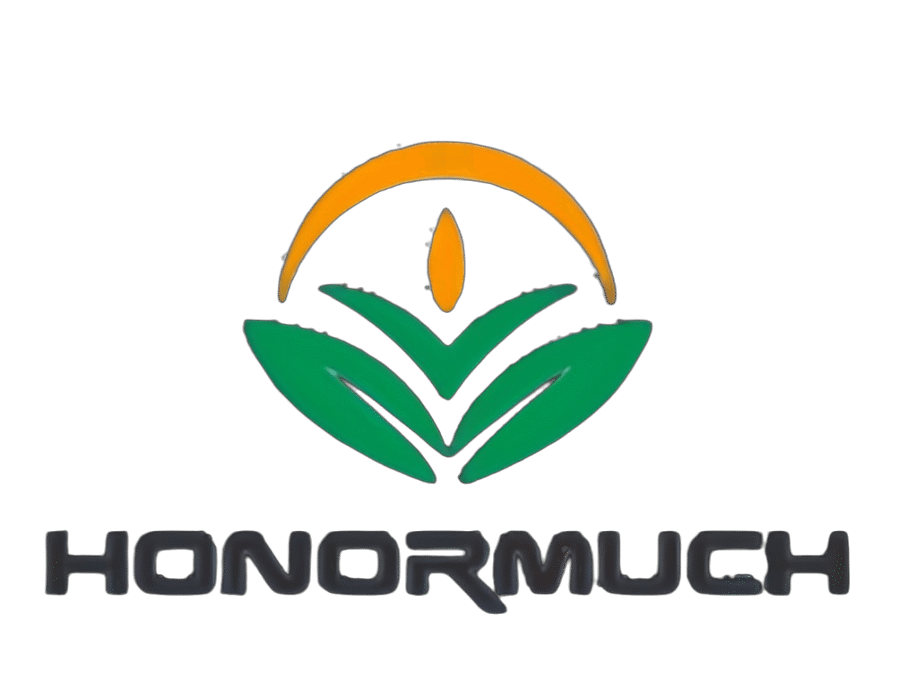Don’t hurt yourself when applying glue! Key points for sealant construction safety and storage, must read!
Don’t hurt yourself when applying glue! Key points for sealant construction safety and storage, must read!
Sealant construction seems simple, but the chemicals, tool operations, and environmental factors involved are all potential safety risks. Good personal protection and safe storage of materials are the basis for ensuring the health of construction workers and project safety.
Core skills: ventilation, protection, fire prevention, and standardized storage
Construction environment safety:
Ventilation! Ventilation! Ventilation! Most important! No matter what kind of sealant is used (especially solvent-based and acidic glue), it must be constructed in a well-ventilated environment. Open doors and windows, and use fans to increase air circulation. Small and confined spaces (such as cabinets and basements) must be equipped with powerful ventilation equipment, and even air-supplied respirators must be worn. Avoid inhaling volatile organic compounds (VOCs) and curing by-products (such as acetic acid).
Stay away from fire sources: Most sealants (especially solvent-based) and their vapors are flammable and explosive! Smoking, open flames (welding, cutting), and high-temperature equipment are strictly prohibited at the construction site. Electrical equipment must be explosion-proof. Pay attention to static electricity.
Personal protective equipment (PPE):
Respiratory protection: When ventilation is poor or when handling large amounts of glue, wear an activated carbon mask (such as equipped with an OV/P100 filter cartridge) or a dust mask (when handling dust) that protects against organic vapors. Choose according to the product safety data sheet (SDS) requirements.
Eye protection: Always wear goggles that protect against chemical splashes. Prevent glue and cleaning solvents (especially acetone) from accidentally splashing into the eyes, causing serious irritation or injury.
Hand protection: Wear disposable nitrile gloves or chemical protective gloves. Prevent glue from sticking to the skin and being difficult to remove, and also prevent solvents from irritating the skin. Wear gloves and wet them with soapy water when trimming.
Body protection: Wear old work clothes or protective aprons to avoid glue contamination of clothing (silicone glue is almost impossible to wash off). If it gets on the skin, wash it immediately with plenty of water and soap, and do not scrub the skin with solvents!
Safe storage of materials:
Sealed glue cartridges:
Unopened: Store in a cool, dry, well-ventilated place. Avoid direct sunlight and high temperatures (generally required to be <27°C). Keep away from fire, heat sources, and heaters.
Upright placement: Keep the rubber cartridge upright to prevent the colloid from settling or the packaging from deforming.
Shelf life: Pay attention to the shelf life on the packaging. Expired products may have reduced performance and should be avoided.
Solvents and cleaning agents (such as acetone, isopropyl alcohol):
Flammable and explosive items! Store in a dedicated, well-ventilated hazardous chemical storage cabinet that complies with fire regulations (preferably a fireproof metal cabinet).
Sealed container: Close the container immediately after use.
Keep away from fire and heat sources: Smoking and fire are strictly prohibited in storage and use areas.
Limited storage: Only the minimum necessary amount is stored on site.
Other precautions:
Read SDS: Before construction, be sure to carefully read and understand the safety data sheet (SDS) of the sealant and supporting chemicals (solvents, primers) used, and understand their hazards, protective measures, first aid methods, and fire prevention measures.
Waste disposal: Cured adhesive strips, adhesive waste cloth, gloves, masking tape, etc. should be treated as ordinary garbage. Uncured waste adhesive, empty solvent bottles, etc. should be treated as hazardous waste or local regulations and should not be discarded at will.
First aid:
Eye contact: Immediately rinse with plenty of water for at least 15 minutes and seek medical attention.
Skin contact: Rinse with soap and plenty of water. If irritation persists, seek medical attention. Do not use solvents to clean the skin.
Inhalation: Move to fresh air and keep breathing unobstructed. If you feel unwell, seek medical attention.
Ingestion: Do not induce vomiting, seek medical attention immediately, and bring the product container or label.
💡 Key points: Safety is no small matter! Ventilation is the first line of defense, and PPE is the last barrier. Always be vigilant, familiar with the material properties (SDS), standardize operations, and store properly. Health and safety always come before construction efficiency and results!
